RV Water Filtration Options
There are many hurdles you will face while traveling the United States as an RVer. Ensuring you have clean drinking water for you and your pets is one of them. I’m a pretty simple person. I just want to know that my drinking water is safe and tastes the same no matter what. Unfortunately, water tastes and smells different wherever we go. Sometimes its subtle, and other times it can be horrific. When at a campground, even the condition of the water spout can be questionable.
For example, I’ve seen a squirrel hanging from the water spout drinking the water as it drips. I’ve also seen (and I’ll spare you the details) how careless some RVers can be when they go straight to working on their water line after just emptying their black tank.

Then there is the questionable water source. Each municipality treats water differently, has different filtering requirements, and some do a better job than others. If you go searching the internet for a clean water solution for RVers, you will run into all kinds of arguments mostly differing about what is the right thing to do to ensure clean water on the road.
As RVers since 2014, we have our own opinion that is backed with plenty of facts, research, and experience. In this guide, I want to walk you through the different types of filters, how they work, and finally tell you what we exclusively use.
Water Filtration vs Purification
When we talk about water filtration, we are referring to any process that removes contaminants from the water, but water filtration is actually different than water purification.
Water Filtration is a process where a porous material removes sediment and unwanted substances such as harmful chemicals and toxins from our water.
Water Purification is a process that removes all contaminants in water including good bacteria and minerals that are essential for healthy water. Reverse Osmosis, Deionization, and Distillation are three well known methods used to purify water.
The difference between the two is that water filtration doesn’t throw out the good with the bad, whereas water purification does. Let’s look at the different methods used to filter and purify water.
Water Filtration Methods
Carbon Filtering
Carbon filtering is the most common water filtration method. It uses a process called absorption on a bed of activated carbon. Activated Carbon systems use absorption by having water go through a carbon filter with small micro-pores that trap impurities and other harmful substances. Activated Charcoal Carbon has micro-pores within it that are so small that pathogenic bacteria are simply not able to pass through them.
Micron filter ratings let you know the size of the openings in the filter. The larger the number, the more it allows through. As a point of reference, bacteria range from 0.2 to 2 microns in width/diameter and 1 to 10 microns in length. Viruses range from 0.004 to 0.1 microns. Insecticides can be 0.5 to 10 microns, and mold ranges from 10 to 30 microns.
A 20 micron filter will not be able to filter any of these from the water; most will pass right through. Be aware when a filter says it can reduce things or whether it eliminates it to a certain percentage. Both mean very different things.
Reverse Osmosis
Reverse Osmosis forces water through a small membrane, and combined with UV lighting and intense pressure, it can remove the majority of all impurities. There are some negative aspects to Reverse Osmosis as it also removes beneficial minerals, like calcium and magnesium.

Some research suggests that long-term use of exclusively Reverse Osmosis water could negatively affect your health. For this reason, many Reverse Osmosis users add additional filters that remineralize the water.
Deionization
Deionization splits apart atoms of a polluted substance to make ions. Good ions and bad ions are separated, in which the bad ones are exchanged. This exchange occurs when the split atoms are trapped by filter beads that absorb the bad ions and replace them with good ones.
Though it softens the water, it still produces contaminates (such as sodium) in the water that can be harmful for people who have low sodium diets. So, the result is that that the water is not technically pure or contaminant free. It is also an inconvenience since one must recharge the filter with a special salt consistently to keep it in working order.
Distillation
Distillation is a process where you boil your water until it becomes steam and then gather it into a different container to cool. Though it’s a simple way to purify water to kill off all types of bacteria, it doesn’t remove harmful chemicals and contaminants.
What Water Do Most RVers Use?
“Do you drink water from the city water in RV parks?” This question in an RV Facebook group recently received over 100 responses. We put them in categories based on the highest level of filtering that each response represented. Here are the results from 133 people:

Only 17% of the RVers who replied drink water straight from the water supply without filtering. Almost twice as many (32%) use some type of filter before they drink the water in their RV. The largest group (38%) buy bottled water for drinking and/or cooking and pets.
As for the one respondent that only drinks beer, cheers my friend! Hope to meet you down the road one day!
So let’s look at the different options and the average cost of each. Obviously the least expensive option is to drink water straight from the water supply with no filter, but the majority of RVers believe the water should be filtered in some way before drinking.
Hose Filters
A hose filter is a water filter that between your water supply and your RV’s water hose. It filters the water coming into the RV. These filters have high micron ratings are are designed to keep large particulates out of your water lines. A popular model, the Camco Taste Pure has a micron rating of 100. Filters with smaller micron ratings reduce water flow, so it makes sense that a high micron filter would be used at the water spigot.
One of the most popular hose filters is the Camco TastePure. This filter costs about $30 with a hose protector. Replacement filters run about $16 each after that. Camco suggests replacing the filters after about 3 months’ use, so one would expect to use 4 per year if they full time. This would cost about $64 for one year. Sounds affordable, right? It is a great price for what it does to keep your water lines free from large particulates, but before you decide on this as your only water filter solution, it is important to look at their micron rating, and the Camco TastePure has a 20 micron rating.
As a reminder, bacteria range from 0.2 to 2 microns in width/diameter and 1 to 10 microns in length. Viruses range from 0.004 to 0.1 microns. Insecticides can be 0.5 to 10 microns, and mold ranges from 10 to 30 microns. So you can quickly see that a filter with a micron rating of 20 is doing nothing to stop bacteria and other contaminants from getting in your RV water supply.
Having a water hose filter is always a good idea to remove larger items from your water supply, but they are not recommended as your only filtering solution.
Pitcher Water Filter
By using a pitcher filter, such as Zero, Pur, or Brita, you add another level of filtering with a much lower micron rating therefore eliminating far more from your water. These pitchers are in the $35 range with replacement filters costing close to $6. Most recommend replacing the filter after 40 gallons. This adds up to per gallon of filtered water costing around $0.15. I would recommend doing research on the specific pitcher you use as to what it can actually eliminate from the water.
Bottled Water
Bottled water is a very popular choice for drinking water, and not just for RVs. Many people only drink bottled water even when in their houses. Not all bottled water is the same though, and many brands have been tested to be equivalent to plain tap water.

If you choose to drink only bottled water, be aware that you will be dealing with more weight in your RV, and you will need the space to store it all. If you only drink 3 bottles of water a day, this will result in over 1,000 empty bottles to dispose of. If you have multiple people doing this, you can quickly see how this adds up.
Bottled water can range in cost depending on the brand and size bottle you choose, but if you just pay $0.50 per 16 oz. bottle, you would spend $8.00 for every gallon of water you buy and if we use the example of 3 bottles of water a day, you will spend $500 on water per year. Many families consume well over this, but you can use this as a starting point to determin how much you actually spend on water every year. To save money, you can buy bottled water by the gallon jugs as well which run closer to $1.00.
Reverse Osmosis
Reverse Osmosis is becoming a popular way to filter water, and was one of the “other filters” reported on the post. Combined with UV lighting, it can remove the majority of all impurities.
Walmart has Reverse Osmosis Water Refill stations and a gallon will cost around $0.50.
There are some negative thoughts on Reverse Osmosis as it also removes beneficial minerals from the water, like calcium and magnesium. Some research suggests that long term use of exclusively reverse osmosis water could negatively affect your health.
Other Water Filters
Two of the other water filters mentioned in the survey were the Berkey Water Filter and the Clearsource Water Filter System. We will go into them both in more detail, but let’s look at their costs to compare them to the other filters above.
The Berkey filters provide 6,000 gallons of filtered water before they need to be replaced. If you filter 2 gallons of water every day, the Berkey will last over 8 years. Therefore, at a price of $345 for an entire setup, Berkey filtered water comes in at a little less than $0.06 per gallon. If you only consider the cost of the $179 replacement filters, you would be paying $0.03 per gallon of water you filtered through the Berkey.
You would have to buy 45,000 bottles of water (16.9 oz) to equal the amount of filtered water one set of Berkey Filters can produce. At only even $0.50 a bottle, that would be an $22,000 difference in cost!
The Clearsource filters provide 2,000 gallons of filtered water, and Clearsource recommends changing them out 2-6 times a year, depending on usage. Since Clearsource is a whole-RV filtration system, the amount of water going through the filters is much higher than a Berkey which only filters the water you place in it, so you would be replacing your filters more often with the Clearsource.
Clearsource systems range in price from $399 to $499 and replacement filters cost $59 to $69 depending on the model you choose. If you include the cost of the system, you would be paying about $0.20 to $0.25 per gallon used in your RV when using the Clearsource. If you consider only the cost of the replacement filters, you will be paying closer to $0.03 for each gallon of water going into your RV.
Want to learn more about the Berkey Water Filter and Clearsource Water Filter System? Click here to read more.

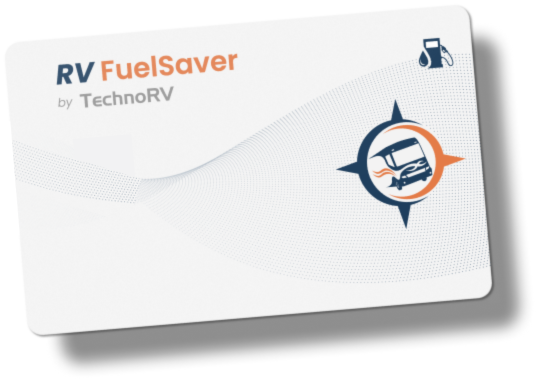
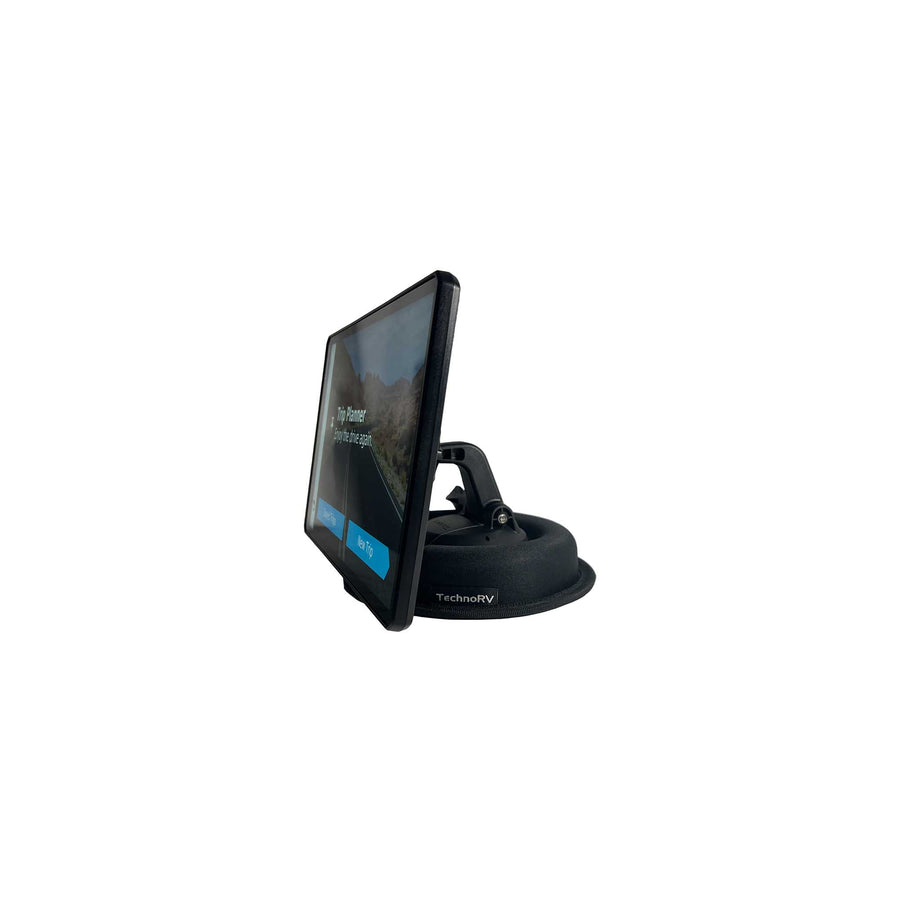
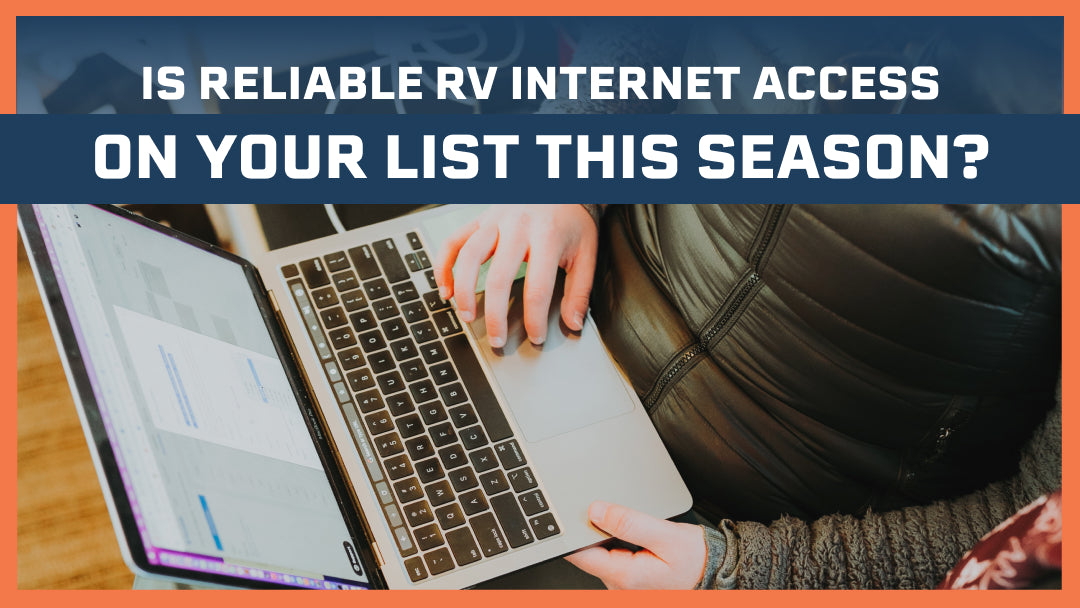
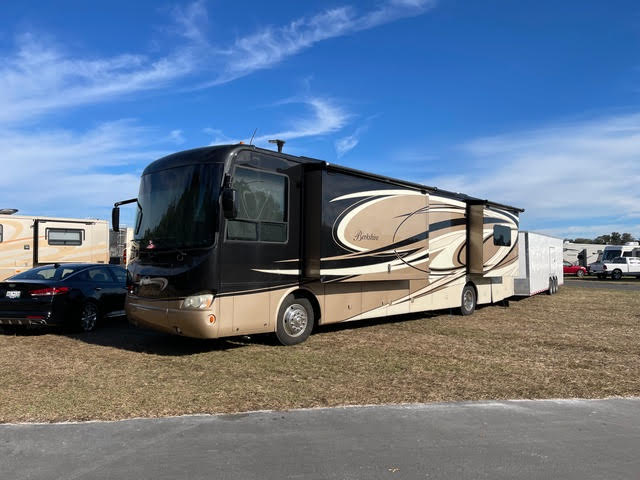
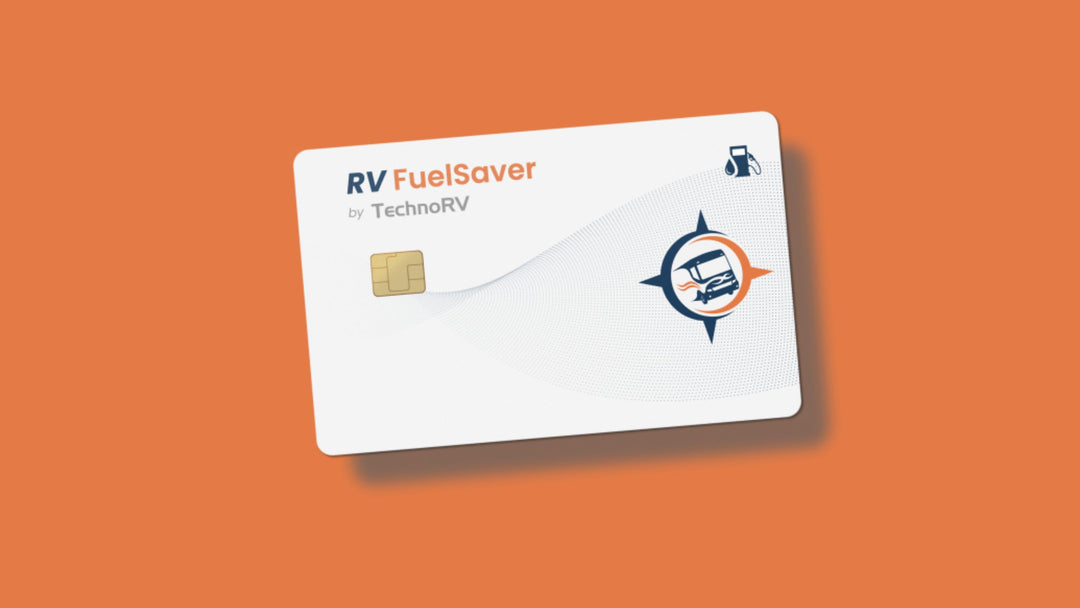
Leave a comment